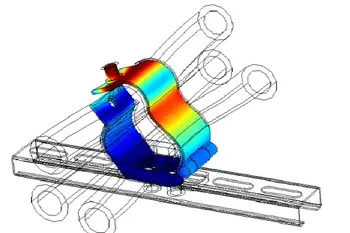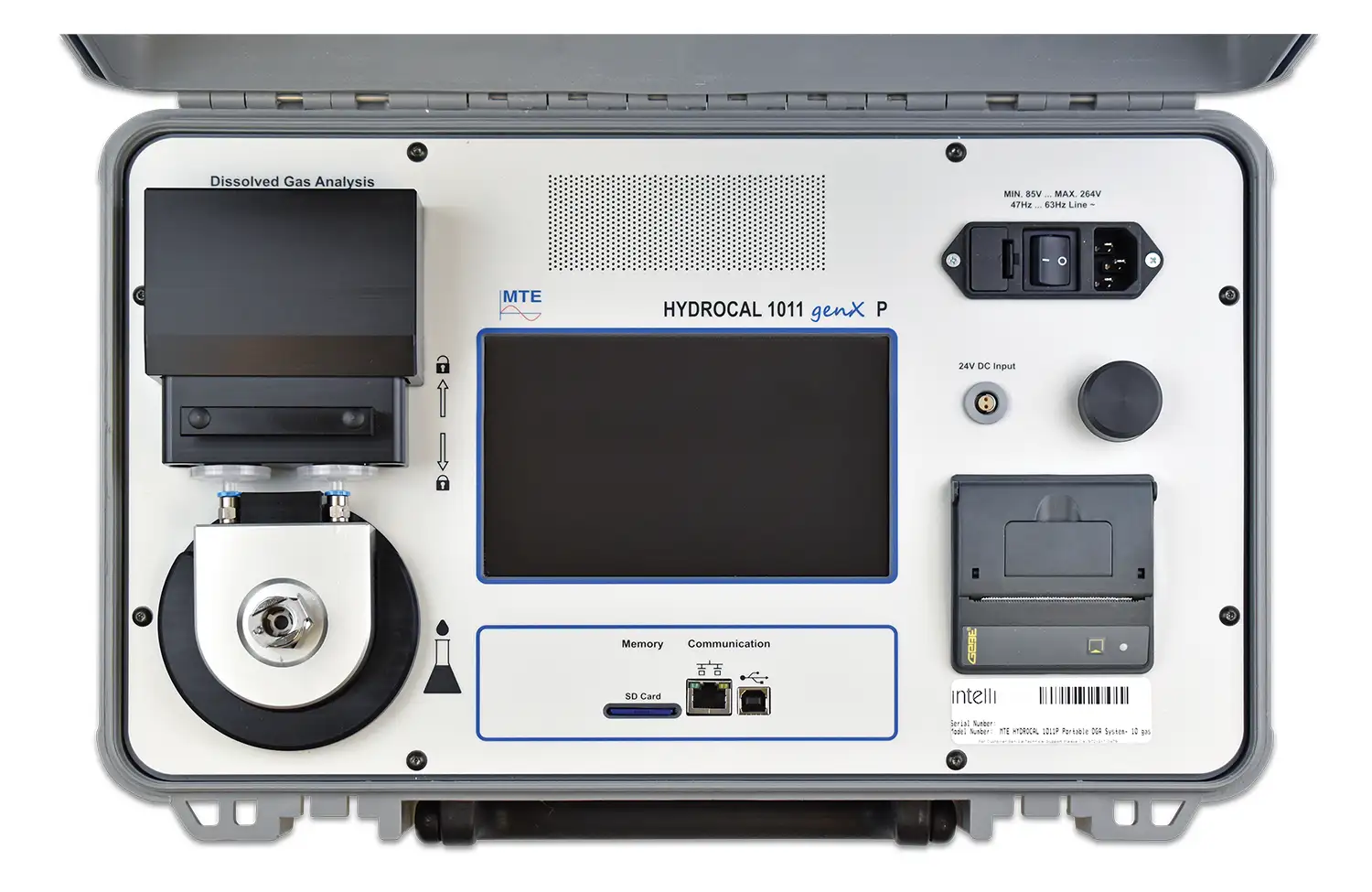Padmount Transformer Explained
By R.W. Hurst, President, The Electricity Forum
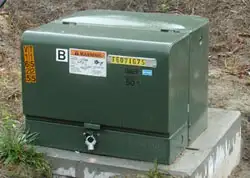
Power Transformer Maintenance Training
Our customized live online or in‑person group training can be delivered to your staff at your location.
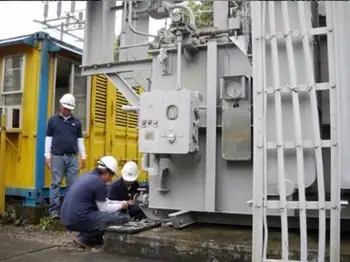
- Live Online
- 12 hours Instructor-led
- Group Training Available
Download Our NFPA 70E Fact Sheet – 2024 Electrical Safety Edition
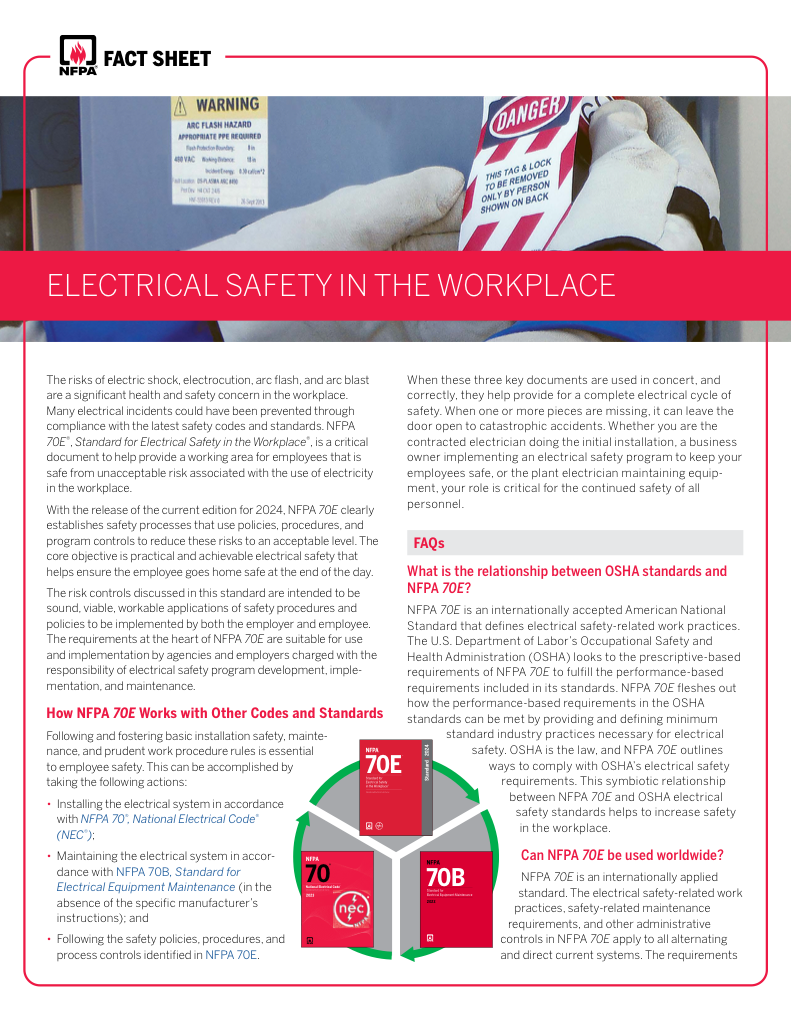
- Understand how NFPA 70E works with NEC and NFPA 70B standards
- Clarify the shared responsibility between employers and employees
- Learn how NFPA 70E supports OSHA compliance
A padmount transformer is a ground-mounted electric power distribution device enclosed in a secure, weatherproof cabinet. Commonly used in residential and commercial areas, it steps down high-voltage electricity to lower levels for safe local use.
What is a Padmount Transformer?
A padmount transformer is a ground-mounted utility distribution transformer, typically housed in a locked metal cabinet and situated on a small concrete pad.
✅ Used to step down high-voltage electricity to usable levels
✅ Housed in locked, weather-resistant metal enclosures on concrete pads
✅ Common in residential neighbourhoods, commercial buildings, and industrial sites
Electrical Transformer Maintenance Training
Substation Maintenance Training
Request a Free Training Quotation
Because all live components are fully enclosed in grounded metal boxes, padmount transformers can be installed in accessible residential areas without fencing, unlike large substation transformers. They are usually connected to underground distribution lines at a service drop, reducing primary voltage to secondary levels supplied to utility customers. Depending on the application, one unit may serve a single large building or dozens of homes. Many operate as distribution transformers, stepping down high voltages to levels suitable for everyday use.
Types of Padmount Transformers
They are available in single-phase and three-phase designs. Single-phase units are commonly found in residential subdivisions, while three-phase models are typically used in commercial and industrial facilities. Configurations include delta and wye connections, with common primary voltages ranging from 4 kV to 34.5 kV, which are stepped down to secondary levels such as 120/240 V or 480 V. The choice of type depends on the load profile, service requirements, and local utility standards.
Internal Components, Cooling, and Insulation
Inside the enclosure, the transformer tank holds the core and windings, which are immersed in insulating fluid, typically mineral oil, less-flammable fluids, or biodegradable ester-based alternatives. These media cool and insulate the windings, extending service life. The wiring cabinet contains high- and low-voltage bushings, with compartments separated for safety. Protective devices, such as bayonet fuses, current-limiting fuses, and load-break switches, are often built in, providing fault isolation and ensuring reliable service continuity. In larger facilities, a three-phase transformers configuration may be chosen instead of a single-phase padmount to handle heavier loads.
Electricity Today T&D Magazine Subscribe for FREE

- Timely insights from industry experts
- Practical solutions T&D engineers
- Free access to every issue
Standards and Regulatory Codes
They must comply with strict international and regional standards to ensure safety, performance, and interoperability. IEEE C57.12.34 outlines design and performance requirements for pad-mounted distribution transformers, while ANSI C57.12 provides specifications for enclosures, clearances, and operational reliability. In Canada, CSA C227.4 defines similar benchmarks for construction and testing. These standards govern everything from insulation levels and thermal performance to short-circuit strength and sound levels. Compliance ensures equipment can withstand environmental stresses, meet fire resistance requirements, and operate safely under fault conditions. Utilities and building owners rely on certified products to meet the requirements of inspection authorities and maintain insurance eligibility.
Installation and Siting Guidelines
Proper siting is critical for safety, accessibility, and long-term reliability. The National Electrical Code (NEC) Article 450 requires specific clearances between the transformer enclosure and nearby structures, with distances varying depending on the wall construction and the presence of door or window openings. For example, clearances may range from 3 to 10 feet to minimize fire risk and allow emergency access. Transformers should be installed on reinforced concrete pads that elevate the enclosure above ground level to prevent flooding. Adequate working space around all sides is required for safe maintenance, and conduit entry points must be properly sealed against moisture and pests. Local fire codes and insurance carrier requirements often impose additional siting rules, making early coordination with inspectors essential.
Operation and Electrical Function
The operating principle is straightforward: primary high-voltage power enters the unit through underground cables, passes through the core and windings, and exits at a lower, usable voltage for end-users. For example, a 13.8 kV feeder may be stepped down to 120/240 V for homes or 480 V for industrial equipment. Proper siting and safety measures are crucial, and some designs overlap with those of electrical substation transformers in terms of installation guidelines.
Maintenance and Reliability
Like all distribution equipment, these transformers require regular maintenance to ensure safe operation. Utilities may perform oil sampling, thermal scanning, and inspections for leaks, corrosion, or insulation breakdown. Record-keeping helps track load history and predict potential failures, reducing unplanned outages. To ensure long-term performance, utilities employ transformer maintenance practices, including inspections, oil testing, and condition monitoring, for padmount installations.
Applications and Sizing
Ratings typically range from 75 kVA to 5000 kVA, making padmounts versatile across residential subdivisions, schools, hospitals, shopping centers, and renewable energy systems. Selection depends on the anticipated load, with engineers sizing units to strike a balance between efficiency, reliability, and cost. Engineers often compare padmount units to medium-voltage transformers when selecting equipment for commercial or industrial applications.
Safety and Environmental Considerations
Beyond electrical safety, padmount transformers must address environmental and public hazards. Cabinets are designed with tamper-resistant locks to prevent unauthorized access, especially in residential areas where children may be nearby. Grounding practices protect both the equipment and the public from fault currents. Environmental safety is also a growing concern: insulating fluids must meet spill containment requirements, and less flammable or biodegradable ester-based oils are increasingly specified to reduce fire and environmental risks. Noise levels are another factor, with modern designs incorporating sound-dampening measures to reduce humming in urban and suburban settings. By combining physical security, fluid containment, and noise control, they minimize risks to people and the environment.
Padmount vs Pole-Mounted Transformers
While both padmount and pole-mounted transformers step down distribution voltage for end-users, their applications differ. Pole-mounted transformers are typically installed on overhead distribution systems, common in rural areas where space and visibility are less of a concern. In contrast, padmount transformers connect to underground distribution lines and are preferred in residential subdivisions, commercial complexes, and urban environments where aesthetics, accessibility, and safety are priorities. Padmount units are more secure, since all live components are enclosed, and they often include built-in protective devices. Pole-mounted units are less costly to install but require more visible infrastructure and can be vulnerable to weather-related damage. Utilities choose between them based on terrain, population density, cost, and safety considerations. Unlike pole-mounted transformers, padmount units are designed for underground distribution networks, offering improved aesthetics and security.
Test Your Knowledge About Utility Transformers!
Think you know Utility Transformers? Take our quick, interactive quiz and test your knowledge in minutes.
- Instantly see your results and score
- Identify strengths and areas for improvement
- Challenge yourself on real-world electrical topics
Emerging Trends and Innovations
Modern designs are evolving with eco-friendly insulating fluids, quieter operation, and integrated smart sensors that provide real-time monitoring of load, temperature, and oil condition. These innovations improve efficiency, reliability, and sustainability.
Padmount transformers are essential to modern electrical distribution systems, as they combine safety, reliability, and adaptability. By stepping down voltage at the point of use, they support the needs of residential, commercial, and industrial users while aligning with evolving standards, safety practices, and innovative technologies.
Related Articles






